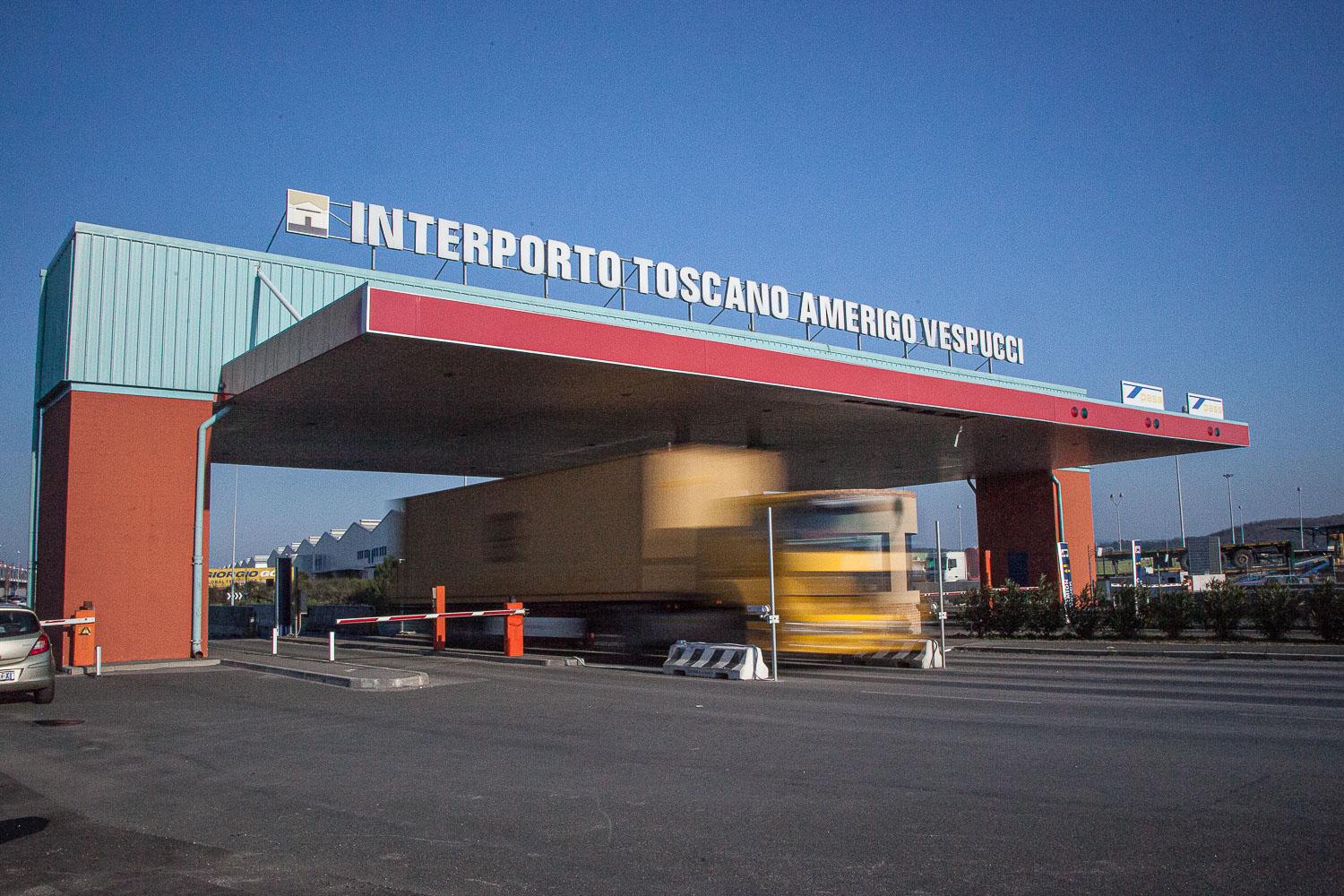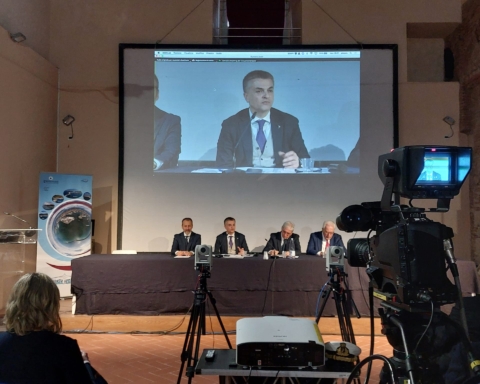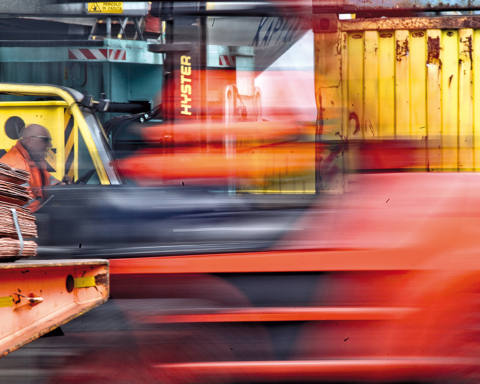Rail freight traffic in the port of Livorno and its surrounding area has been increasing significantly. The first half of the year ended with a 56.2% rise in the number of trains handled at port terminals, with a total of 1368 trains and 21,975 wagons (+39.3% over the same period last year). In the surrounding area, 1682 trains arrived and departed (+48.3%) and 26,340 wagons sent on (+31.4%).
The initial data on port rail shunting operations issued by the North Tyrrhenian Port Network Authority’s Studies & Statistics Dept. highlight Livorno’s very good results and are an excellent indicator of the opportunities for the cluster’s intermodal development.
While, on the one hand, the Port Network Authority is accelerating the completion of the Darsena Europa facility (just a few days ago the news of the publication of a negotiated procedure for the consolidation of the first containment basin which is set to become the port’s future container terminal), on the other hand it is not neglecting the strategic importance of land links.
The aim is to create the conditions to get over 25% of containers transported by rail by 2030, and in the long term over 30%.
The Amerigo Vespucci freight village is an intrinsic part of this ambitious project. It is no coincidence that the Guasticce hub closed the first half of the year with a 21.1% increase in trains handled at its terminals. Since May, the number of trains has practically doubled compared to the 2021 six-month period.
According to the president of the Port Network Authority, Luciano Guerrieri, these results are significant in light of the many efforts over the last few years to transform the Vespucci freight village into a modern dry port well connected to Livorno’s port and the main national and international rail routes.
“Ever since Gallanti’s time, our administration has never neglected the strategic importance of the freight village, so much so that it recently decided to increase its stakes from 9.59% to 30%. We intend to continue to participate in its development,” said the president of the ports of Livorno and Piombino.
The railway overpass between the port and the freight village, which is financed and under construction, and the Raccordo project, recently funded (though not fully) under the RFI program contract, are part of a systemic vision that intends to make intermodal transport one of its major strengths.
“Over the past few years we have worked non-stop to find a solution for the Raccordo project,” Mr. Guerrieri pointed out.
“It has been a long, arduous process that involved not only the Port Network Authority but also trade associations, operators and other institutions, including the Ministry of Infrastructure and the Tuscany Regional Administration,” he added.
“If we have finally secured the formalization of the funding of the Raccordo project, we owe it to the teamwork that this cluster has been able to set up: the strip of tracks with the line that extends from Pisa to Vada, south of Livorno, represents a fundamental link to guarantee the Darsena Europa facility the necessary logistics infrastructure and to allow the port/freight village network to connect, via the Pisa bypass, to the Florentine railway junction and, therefore, to the high-speed freight network.”
Mr. Guerrieri emphasized how an increasing number or railway companies are establishing themselves in the port of Livorno, setting up their own rail services. “This is an important signal for our port that confirms the value of the work that has been done over the last few years. Darsena Europa and the emphasis on promoting investments in rail infrastructure are part of a strategy that will allow the cluster to offer businesses and operators a clear, accurate picture of the potential we are able to offer,” he concluded.
Translation by Giles Foster




